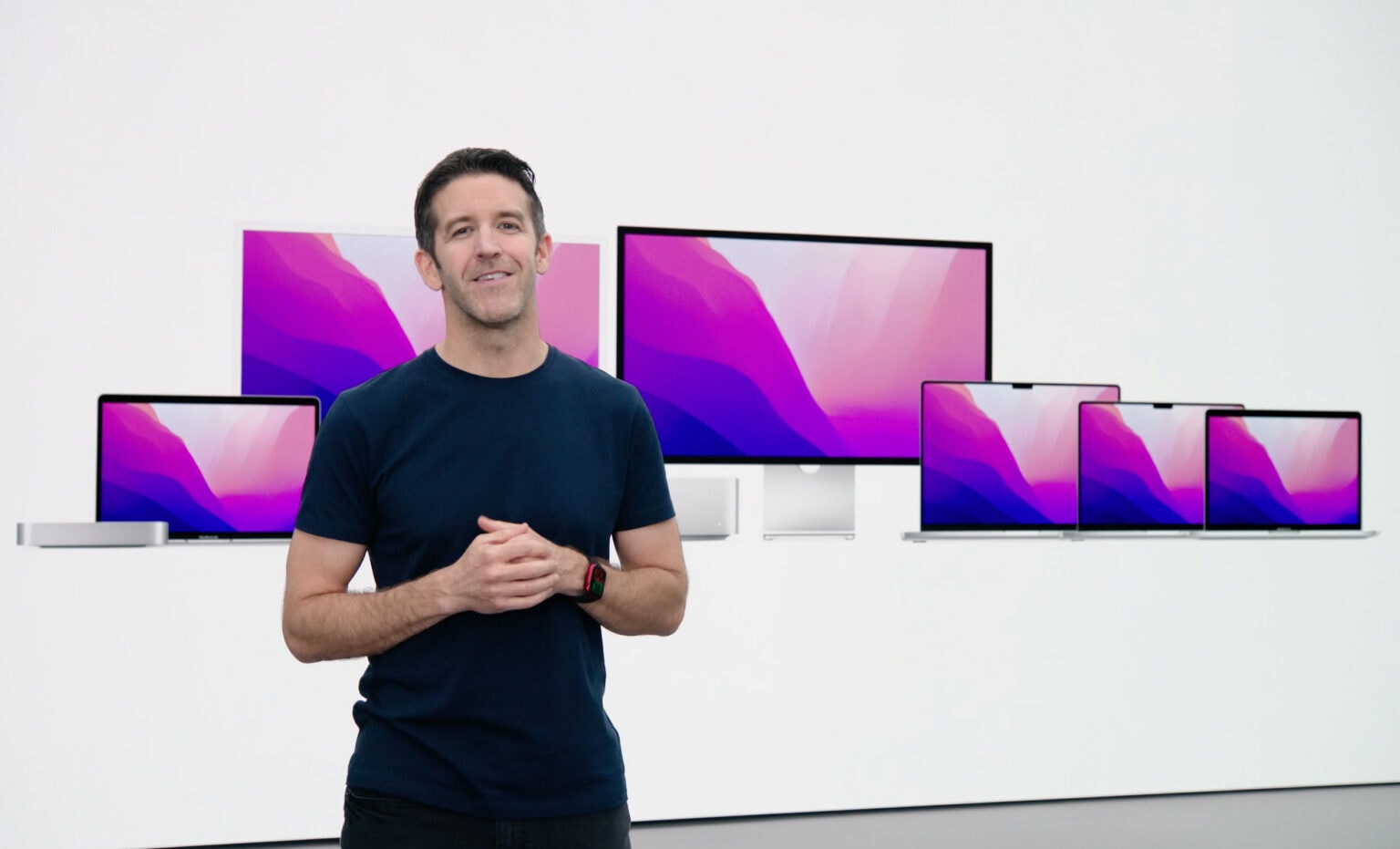Apple’s “Take Note” product blitz on Tuesday did not include any Mac news. Instead, iPad stole the spotlight: a new iPad Pro with M2, a new entry-level iPad that isn’t actually priced at the entry level, a new Magic Keyboard Folio and yet another lease on life for the original Apple Pencil (now with a dongle!). A surprise entry is a new Apple TV 4K at a lower price with a USB-C Siri Remote.
But according to Bloomberg, new Macs are “highly likely to launch before the calendar turns into 2023.” What can we expect soon — and what’s on the roadmap?
The Macs that are coming … soon?
Mac mini
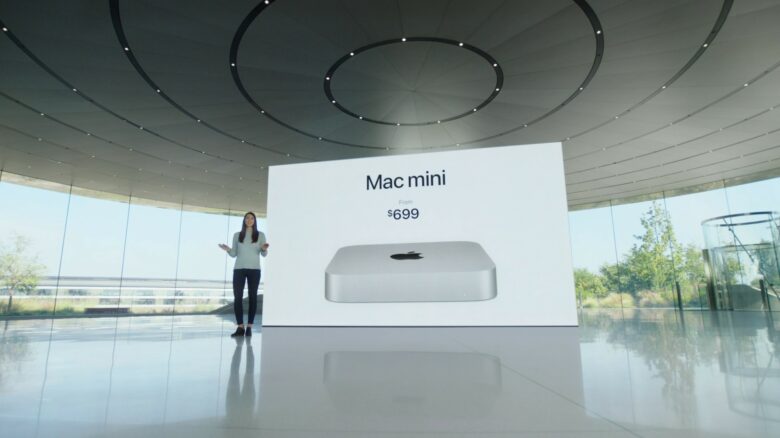
Photo: Apple
Two years ago, the first batch of Macs powered by custom Apple silicon — the surprisingly powerful and efficient M1 chip — arrived. The launch lineup included a MacBook Air, a MacBook Pro and a Mac mini. Apple replaced the two laptops earlier this summer with M2 versions, but the Mac mini is still only available with an M1 processor. Apple even has an Intel-powered Mac mini for sale today, on October 18, 2022.
The Mac mini is also one of the few remaining Apple products still using an Intel-era design. Inside the M1 Mac mini is a tiny logic board dropped in the old chassis — with a whole lot of empty space. Cupertino could take this opportunity to either shrink down the computer or fill the space with a more advanced cooling and power supply system.
The Mac mini is due for a refresh before the year’s end, according to Bloomberg reporter Mark Gurman.
Today’s iPad announcements were likely relegated to press releases in some small part because there weren’t any new chips announced. The iPad Pro uses the M2, which debuted earlier this year at Apple’s Worldwide Developers Conference. Apple would want to give stage time to talk about the M2 Pro.
The entry-level Mac mini with M1 will probably be outright replaced with an M2 model; a higher-end M2 Pro Mac mini could take the slot of the Intel-based Mac mini. Unless it comes tomorrow, October 19, hold your breath until mid-November.
14-inch and 16-inch MacBook Pro
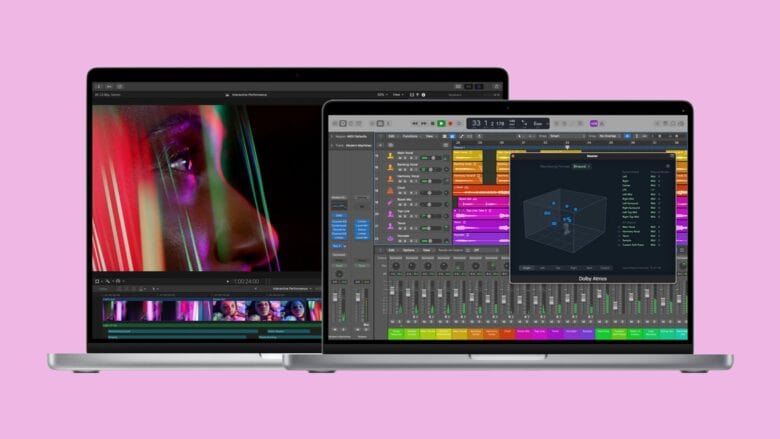
Photo: Apple
Gurman says in the same report that, either this fall or early next year, we can expect the 14-inch and 16-inch MacBook Pro to get the M2 treatment as well. These laptop upgrades likely would come with the anticipated M2 Pro and M2 Max chips.
The MacBook Pro already received a top-to-bottom makeover for Apple silicon, so this should be a relatively quiet upgrade. Based on what the M2 changes versus the M1, we can expect big under-the-hood improvements in graphics performance and memory speed.
iMac and iMac Pro
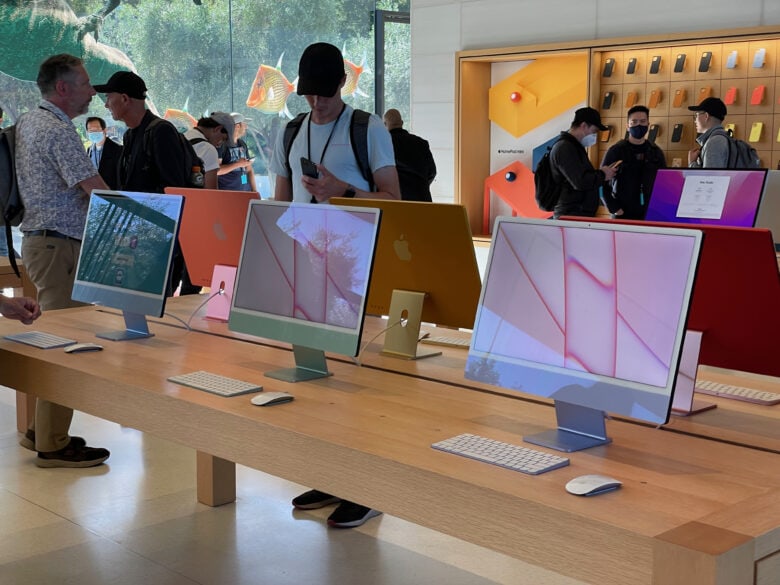
Photo: D. Griffin Jones/Cult of Mac
After the Mac mini, that will leave the beloved iMac as the last base-model M1 Mac. Updating the iMac to M2 should be a relatively simple drop-in upgrade.
There are also rumors of a returning iMac Pro. Just how “pro” Apple will take it remains unclear, though. Cupertino’s engineers have a lot of parts in their bin — what exactly will they put together? Will it cap out with the M2 Pro, or will it get the M2 Max and/or M2 Ultra? The latter would likely require beefier fans and a thicker chassis. Will its display match that of the existing Studio Display or the rumored mid-tier display?
The need for a pro all-in-one desktop computer is a small market. Between the Mac mini, Mac Studio and Mac Pro, Apple already has a lot of bases covered. Maybe they won’t ship an iMac Pro at all. Time will tell.
Brand new MacBooks
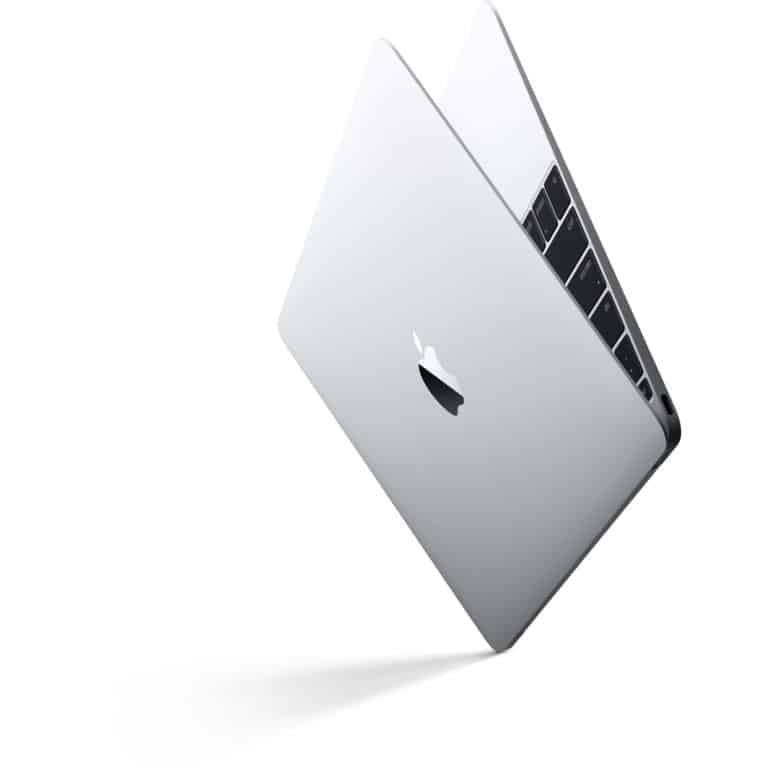
Photo: Apple
Allegedly in the pipeline for 2023 (or so) are two new laptops at two new sizes: for the first time, a 15-inch MacBook Air and the return of the 12-inch MacBook.
Laptops dominate computer sales, and in contrast to every other computer manufacturer, Apple has some pretty obvious holes in its lineup. A 15-inch MacBook Air will help fill in the $800 price gap between the Air and the 14-inch MacBook Pro. It’ll be the cheap-big-MacBook, a la the iPhone 14 Plus.
The 12-inch MacBook was a short-lived Mac. It was designed with the best of intentions, but it was made just a few years too early. It came with a slow Intel chip, a faulty butterfly keyboard and a single USB-C port. That’s hardly a recipe for success, in retrospect.
Nowadays, Apple silicon can achieve better performance. Plus, Apple’s new keyboards are lauded, the MagSafe connector frees up a port and USB-C peripherals are a much more common sight. A new MacBook could be the ultraportable computer Apple always tried to build — but this time, without compromise.
Mac Pro
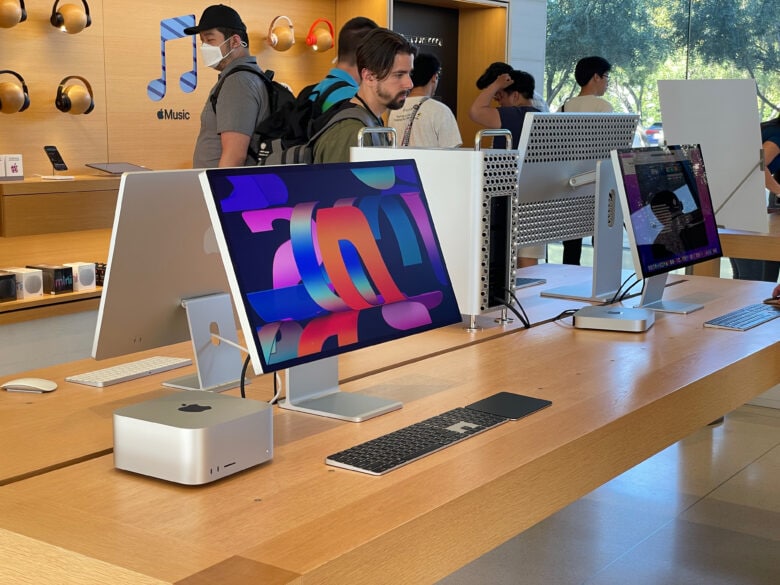
Photo: D. Griffin Jones/Cult of Mac
Apple ended its “Peek Performance” event in March with an explicit mention of a new Mac Pro, only for six months of radio silence. Granted, if the company didn’t do that, everyone would probably have assumed that the Mac Studio is all we’ll ever get for a high-end Mac desktop.
However, a revamped Mac Pro is expected to receive the last puzzle piece in the Apple silicon lineup. Where the Ultra chip is effectively two Max chips transposed together, the Mac Pro reportedly will receive an even higher-end 4× Max chip, with double the performance of the Ultra.
But what else? A bigger chip is certainly welcome, but it hardly justifies the existence of a whole new product. The rumor mill is silent on this. Right now, the Mac Pro’s main selling point is its modularity: You can add your own memory and drop in a more-powerful graphics card.
But the Apple silicon architecture doesn’t make that easy. The memory and graphics are all baked in with the processor — what Apple calls a Unified Memory Architecture. That doesn’t exclude the possibility of an expansion card ecosystem, but here’s the thing: The whole mantra of Apple silicon is basically “engineer it once, use it everywhere.” How much special engineering is Apple willing to invest in its lowest-volume product?
A ‘two-year’ transition
The complete transition to Apple silicon is taking much longer than the expected two years. A global pandemic, a supply chain crisis and a transistor shortage will have that sort of effect. Apple has weathered it well, with stable prices and many successful product launches along the way.
We just have to wait a little longer to get the Macs we all want.
